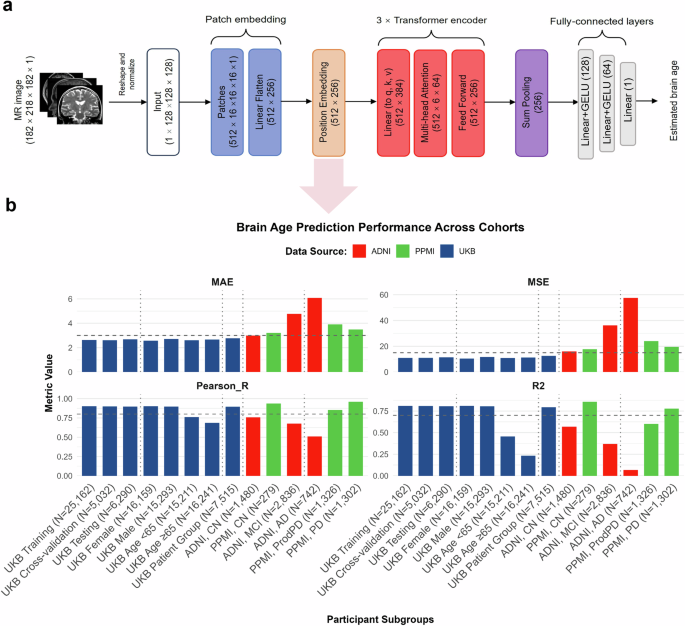Report on a Collaborative Tuberculosis Program in Iraq and its Contribution to Sustainable Development Goals
Program Overview and Objectives
A public health initiative in Iraq, executed through a strategic partnership, focuses on the early detection and treatment of tuberculosis (TB) in children. This program is a collaborative effort between Doctors Without Borders/Médecins Sans Frontières (MSF) and the national Ministry of Health, directly addressing key global health targets.
- Primary Objective: To mitigate the spread of TB through early detection, particularly among high-risk pediatric populations.
- Methodology: The program employs a contact tracing protocol, where family members and close contacts of diagnosed TB patients are proactively tested.
- Scope: The initiative provides comprehensive care, including diagnostic testing, treatment for infected individuals, and preventive therapy for those at risk.
Case Study: Proactive Intervention and Treatment
The case of a child named Zainab illustrates the program’s operational effectiveness and its impact on family and community health.
- Identification: The family was contacted for screening after Zainab’s aunt was diagnosed with pulmonary tuberculosis, highlighting the program’s active outreach.
- Screening: Zainab and her four siblings underwent testing. Despite being asymptomatic, Zainab tested positive for TB.
- Intervention: A dual approach was implemented. Zainab was immediately started on a full treatment regimen, while her siblings received preventive care to reduce their risk of developing the disease.
- Outcome: The intervention ensured a positive health outcome for the entire family unit, preventing further transmission and securing treatment for the infected individual, thereby contributing to community-wide disease control.
Alignment with Sustainable Development Goals (SDGs)
This public health program makes significant contributions to several United Nations Sustainable Development Goals (SDGs).
- SDG 3: Good Health and Well-being: The initiative directly supports Target 3.3, which aims to end the epidemics of communicable diseases, including tuberculosis, by 2030. By focusing on early detection, treatment, and prevention, the program strengthens public health systems and promotes well-being for vulnerable populations.
- SDG 17: Partnerships for the Goals: The collaboration between MSF, an international non-governmental organization, and the Iraqi Ministry of Health exemplifies Target 17.16 and 17.17. This multi-stakeholder partnership is crucial for mobilizing resources, sharing expertise, and achieving large-scale health objectives that one entity could not accomplish alone.
- SDG 10: Reduced Inequalities: By providing access to essential health services for children and families who might otherwise be overlooked, the program helps reduce health disparities. The proactive screening of asymptomatic individuals ensures equitable access to care, a key component in reducing inequality within and among countries.
1. Which SDGs are addressed or connected to the issues highlighted in the article?
-
SDG 3: Good Health and Well-being
The article directly addresses this goal by focusing on the diagnosis, treatment, and prevention of Tuberculosis (TB), a major global health issue. The narrative centers on a program by Doctors Without Borders and the Ministry of Health aimed at ensuring the health of children like Zainab by combating a communicable disease.
2. What specific targets under those SDGs can be identified based on the article’s content?
-
Target 3.3: By 2030, end the epidemics of AIDS, tuberculosis, malaria and neglected tropical diseases and combat hepatitis, water-borne diseases and other communicable diseases.
The article’s entire focus is on Tuberculosis (TB), a disease explicitly mentioned in this target. The program described, which involves “early TB detection among children,” testing, treatment, and preventive care, is a direct effort to combat and ultimately end the TB epidemic in the community.
-
Target 3.8: Achieve universal health coverage, including financial risk protection, access to quality essential health-care services and access to safe, effective, quality and affordable essential medicines and vaccines for all.
The story illustrates the provision of essential health-care services. Zainab’s family received a call for testing, she was diagnosed, “put on treatment,” and her siblings “received preventive care.” The collaboration between Doctors Without Borders and the Ministry of Health to deliver these services at a health center and hospital points to an effort to expand access to quality healthcare for all, a core component of universal health coverage.
3. Are there any indicators mentioned or implied in the article that can be used to measure progress towards the identified targets?
-
Indicator 3.3.2: Tuberculosis incidence per 100,000 population.
While the article does not provide specific data, it implies the importance of this indicator. The program for “early TB detection” and providing treatment and preventive care is designed to reduce the number of new TB cases and its spread. The mention that “Thousands of Iraqi families share similar stories” suggests a significant effort to manage and reduce the overall incidence of TB in the population.
-
Indicator 3.8.1: Coverage of essential health services.
The article implies this indicator by describing the specific services being delivered. The narrative details a chain of essential services: proactive contact tracing (“Zainab’s family had received a call”), diagnostic testing (“she was tested for TB”), treatment for the infected (“she was then put on treatment”), and preventive care for those at risk (“her siblings received preventive care”). This demonstrates the program’s success in providing coverage for a range of essential TB-related health services.
4. Create a table with three columns titled ‘SDGs, Targets and Indicators’ to present the findings from analyzing the article.
| SDGs | Targets | Indicators |
|---|---|---|
| SDG 3: Good Health and Well-being | 3.3: End the epidemics of AIDS, tuberculosis, malaria and neglected tropical diseases and combat… other communicable diseases. | 3.3.2: Tuberculosis incidence per 100,000 population (Implied by the program’s aim to detect and treat TB to reduce its spread). |
| SDG 3: Good Health and Well-being | 3.8: Achieve universal health coverage… access to quality essential health-care services… | 3.8.1: Coverage of essential health services (Implied by the provision of detection, testing, treatment, and preventive care for TB). |
Source: doctorswithoutborders.org







